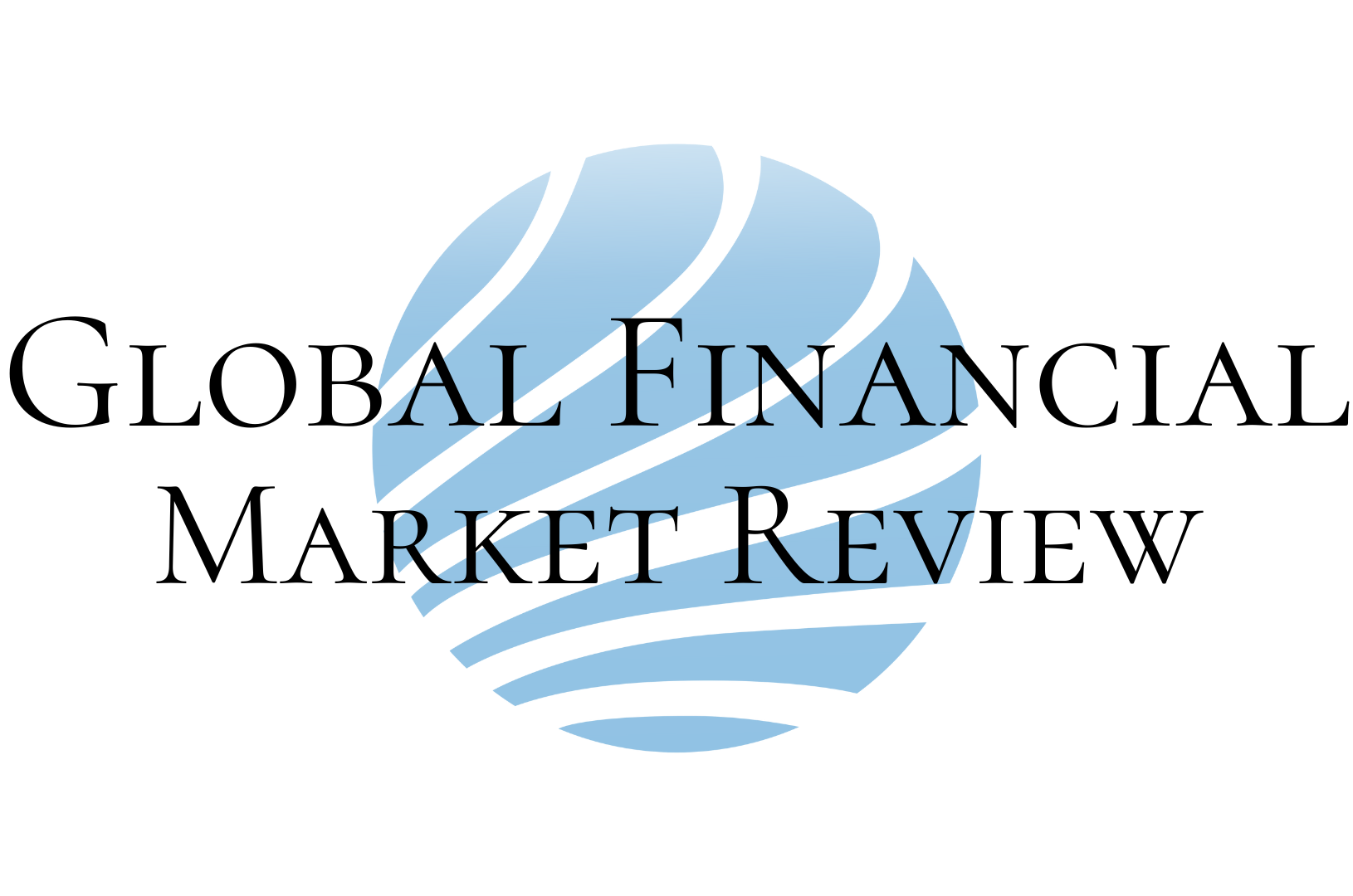Although Q1/2020 business results are quite good and most banks continue to set high profit growth targets this year, worries about bad debts still exist. In the first quarter of 2020, there is a clear divergence of profit results between commercial banks with state capital and private commercial banks.
Big four group including Joint Stock Commercial Bank for Foreign Trade of Vietnam (Vietcombank), Vietnam Bank for Agriculture and Rural Development (Agribank), Joint Stock Commercial Bank for Investment and Development of Vietnam (BIDV) and Vietnam Joint Stock Commercial Bank for Industry and Trade (Vietinbank)
all reported a drop in profit compared to the same period last year. The main reason is the strong increase in provisioning, increasing difficulties sharing with different sectors in the economy. This group accounts for about half of the credit market share of the whole economy and therefore, the registered assistance packages or the size of outstanding loans of these organisations also account for the majority of the 300 trillion dong package.
Meanwhile, most private commercial banks continued to report a good growth in profit. There are organisations with double interest rates compared to the same period last year, eliminating debts such as Viet Capital Commercial Joint Stock Bank (Viet Capital Bank), Vietnam Thuong Tin Commercial Joint Stock Bank (Vietbank), or profit growth accompanied by increased provisioning such as Vietnam Technological and Commercial Joint-Stock Bank (Techcombank) increased the provisioning by 4.6 times, Tien Phong Commercial Joint Stock Bank (TPBank)109%, Vietnam Prosperity Joint-Stock Commercial Bank (VPBank) 26.1 percent (parent bank is over 50%), and Military Commercial Joint Stock Bank (MB MBBank) 117%. In addition, some credit institutions reported a decline in Q1 earnings compared to the same period last year such as Petrolimex Group Commercial Joint Stock Bank (PGBank) (down 22.1%), Nam A Commercial Joint Stock Bank (Nam A Bank) (53%), Kien Long Commercial Joint Stock Bank (Kienlongbank) (down 23 percent with the increase of provisioning by 37 times).
A source said that a number of credit institutions in the first quarter even considered accounting to maintain good profits to ensure shareholders’ satisfaction and keeping prices of stocks. The partial accounting of employee salaries for the last three quarters of the year in the first quarter of Asia Commercial Joint Stock Bank (ACB), raising the operating expenses by more than 32 percent and lowering pre-tax profit growth rate, may be an option. SSI Research calculates that ACB will increase interest by 26%, if excluding the cost of staff in the last three quarters of the year and interest from the sale of government bonds.
Accounting of employee expenses is considered as an accounting procedure that increases operating costs in the regulations that allow to hide and reduce profits. On the other hand, this is a pedestal, a source of compensation to help the bank share profits evenly when needed.
However, even when the profits are hidden, but a part of the incomes come from the growth of market demand during Tet, the disadvantages of the bank have started to become more obvious. Along with the low credit growth of the whole industry, the market management agency assessed that about two quadrillion dong of outstanding loans, equivalent to 23 percent of the whole industry, would be affected, potentially impacting banking activities. In particular, outstanding loans of some affected economic sectors accounted for a large proportion, such as processing and manufacturing industries, minerals, fuels, construction materials, and auto parts business.
At the same time, the difficulties of small and medium sized enterprises (SMEs), which accounts for 97 percent of the total number of enterprises in the economy, are also existing and at risk of increasing bad debts of banks.
VCCI’s survey on the impact of Covid-19 on enterprises indicated that 85 percent of businesses had narrowed the market, leaving 60 percent of businesses to face cash flow problems. This pushes businesses into the failure. 50 percent of businesses said that they would be able to maintain the operation within six months while 30 percent of businesses could only survive for about three more months. The data was published before Vietnam actively established a new normal state, but according to experts’ observations, up to now, there had been no real positive backward movement of this group.


